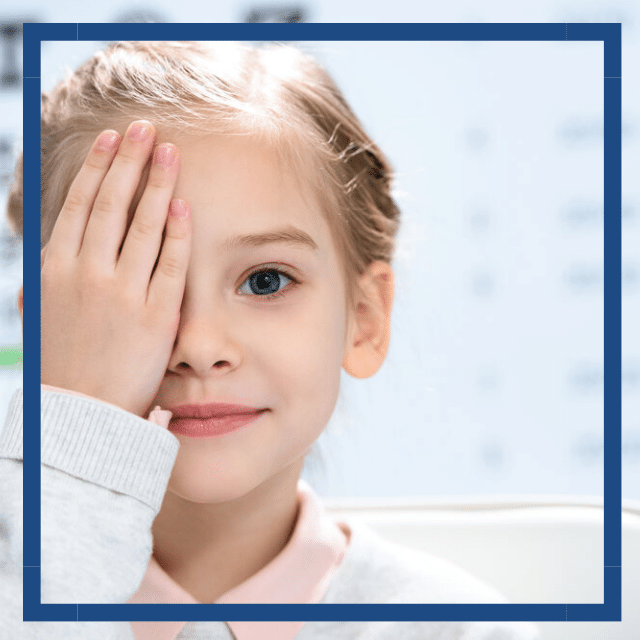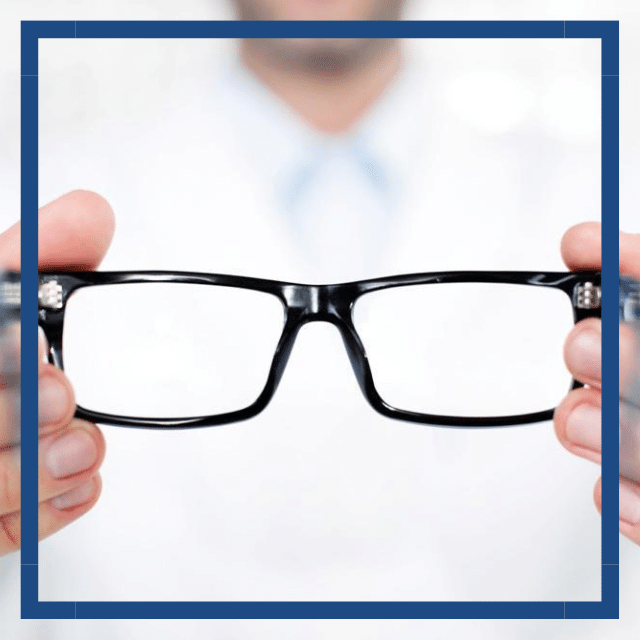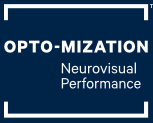Myopia Management
Early intervention and effective management of myopia in children can slow down its progression and reduce the risk of serious eye diseases in the future.
What is Myopia?
Myopia, or nearsightedness, is a common refractive error that’s caused by an elongated eyeball or overly-curved cornea. This affects how light focuses on the retina, leading to blurry distance vision.
This eye condition ranges from mild to high and can be corrected with eyeglasses, contact lenses, and in some cases, refractive surgery.
Why Does My Child's Nearsightedness Need to Be Managed?
Managing your child’s myopia is essential for their long-term eye health. Untreated myopia often results in vision getting progressively worse. This increases the likelihood of serious eye complications later in life, such as retinal detachment, cataracts, and glaucoma.
By actively managing myopia in childhood, its progression can be slowed so your little one can have a greater chance of clear vision and healthy eyes for the rest of their life.

The root cause of myopia isn’t fully understood yet, but genetic and environmental factors play a role in its development. If one or both parents have myopia, their children are more likely to develop it. Environmental factors, such as excessive near-work, prolonged screen time, and limited outdoor activities, also contribute to the development and progression of myopia. Read the scientific research.
Myopia as an Adaptation: Did you know that myopia is the body’s way of adapting to eye strain caused by near work? The body can grow the eyes by fractions of a millimeter to reduce strain when engaging in up-close activities. Unfortunately, this also results in distance vision deteriorating.
Why Myopia Progresses: When your child becomes myopic, they’re often given glasses to correct the problem. This leads to their natural adaptation to distance vision deteriorating, resulting in a repetitive cycle of worsening vision and stronger lenses.


Our Approach to Myopia Control
Successful myopia control needs a strategic approach that tackles the root causes head-on. Avoiding books or screens isn’t practical, which is why we use lenses such as bifocals, multifocals, computer glasses, and reading glasses to reduce visual strain experienced during near work. We also personalize the prescription to optimize your child’s near vision. This minimizes the risk of myopia progression while enhancing reading speed and focus.
Although atropine drops can be effective for myopia control, they aren’t our initial treatment option because they can affect the accuracy of accommodation (focus) and potentially disrupt visual performance. If you’d like to learn more about how your child can benefit from myopia control, book a consultation with Opto-mization NeuroVisual Performance in Victoria & Nanaimo today. the likelihood of serious eye complications later in life, such as retinal detachment, cataracts, and glaucoma.
By actively managing myopia in childhood, its progression can be slowed so your little one can have a greater chance of clear vision and healthy eyes for the rest of their life.
